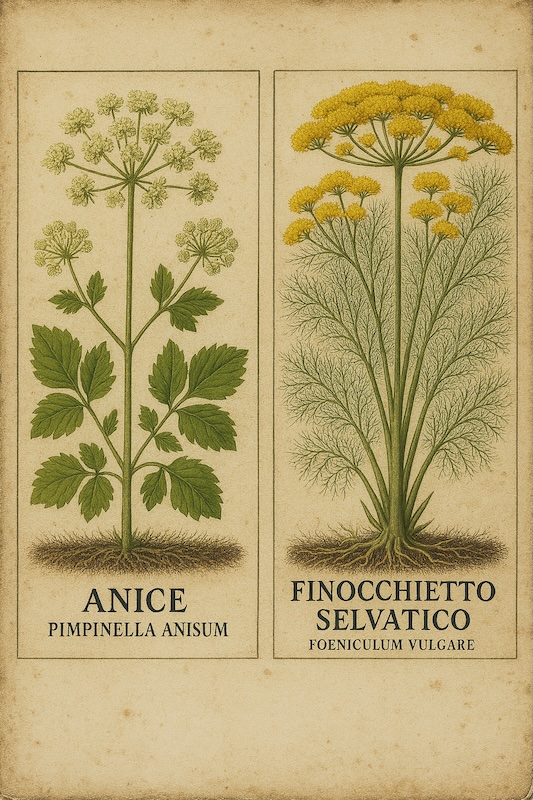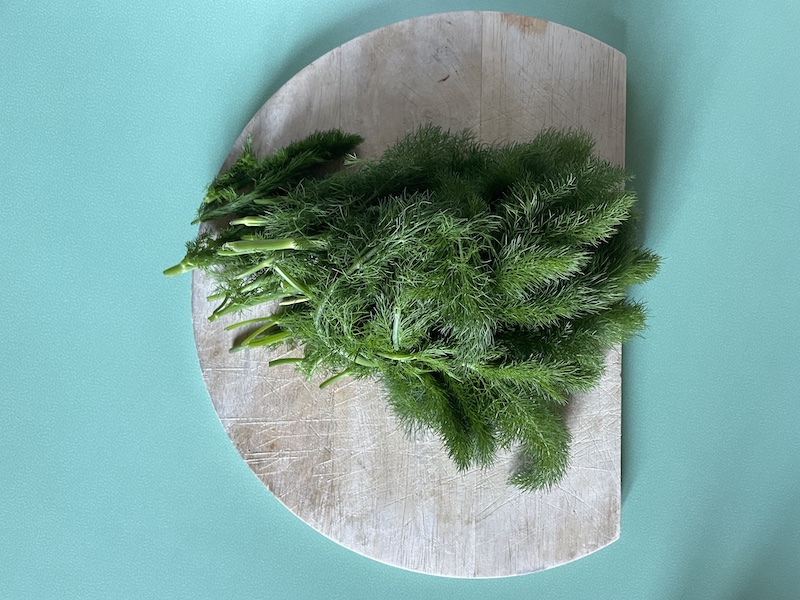Dill and fennel are two popular herbs that are commonly used in many cuisines around the world. While they may seem similar in appearance and taste, there are some notable differences between these two herbs. In this article, we will explore the similarities and differences between dill and fennel.

Similarities between Dill and Fennel:
- Appearance: Both dill and fennel have long, feathery leaves that resemble thin, delicate fronds.
- Flavor: Dill and fennel have a similar taste, with a slightly sweet and mildly anise-like flavor.
- Culinary uses: Both herbs are commonly used in cooking to add flavor to a variety of dishes, including soups, stews, sauces, and salads.
Differences between Dill and Fennel:
- Plant family: Dill belongs to the Apiaceae family, which includes carrots, parsley, and celery. Fennel belongs to the Apiaceae family as well, but it is a different species than dill.
- Growth habit: Dill is an annual herb that grows up to three feet tall, while fennel is a perennial herb that can grow up to six feet tall.
- Culinary uses: Dill is commonly used in Scandinavian and Eastern European cuisine, while fennel is more commonly used in Mediterranean cuisine where it grows and originally came from. Dill is often used in pickling and as a garnish for fish dishes, while fennel is used in a variety of dishes, including salads, and soups, and as a flavoring for meats and vegetables.
- Aroma: While both herbs have a slightly sweet and anise-like flavor, dill has a stronger aroma than fennel.
In terms of nutritional benefits, both dill and fennel are rich in vitamins and minerals. Dill is a good source of vitamin C, calcium, and iron, while fennel is high in fiber, potassium, and vitamin C.
More specific
- Essential Oil Composition:
- Dill and fennel have different main components in their essential oils. Dill’s essential oil is characterized by a high content of carvone (42.41%), while fennel’s essential oil is rich in anethole (71.17%) and estragole (86.56%) (Hao et al., 2021).
- Fennel also contains significant amounts of fenchone (16.74%) and limonene (50.19%) in its essential oil, which are not predominant in dill (Hao et al., 2021).
- Nutritional Content:
- Both herbs have high nutritional value, but the specific content of crude protein, crude fat, and phosphorus can vary. The fruits of both plants have high crude protein (≥15%), crude fat (≥8%), and phosphorus (≥0.5%) content, contributing to their total energy value (≥20 MJ/kg) (Hao et al., 2021).
- Chemical Markers:
- The chemical markers that help differentiate dill from fennel include anethole, estragole, and carvone. These markers are used to distinguish between the essential oil profiles of the two herbs (Hao et al., 2021).
Dill and wild fennel differ primarily in their essential oil compositions and specific chemical markers, with dill being rich in carvone and fennel in anethole and estragole. These differences influence their use as food additives and in other applications.
References:
Hao, Y., Kang, J., Guo, X., Yang, R., Chen, Y., Li, J., & Shi, L. (2021). Comparison of Nutritional Compositions and Essential Oil Profiles of Different Parts of a Dill and Two Fennel Cultivars. Foods, 10. https://doi.org/10.3390/foods10081784
In conclusion, while dill and fennel may appear similar in appearance and taste, they belong to different plant families and have distinct growth habits and culinary uses. Both herbs offer unique flavors and nutritional benefits, making them valuable additions to any kitchen.
Are you thinking of a real experience of it? Why not visit our Farm in Sicily?


